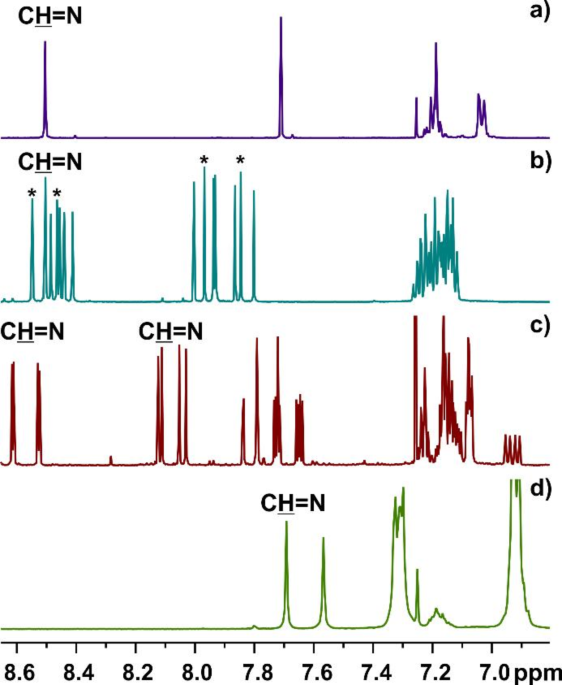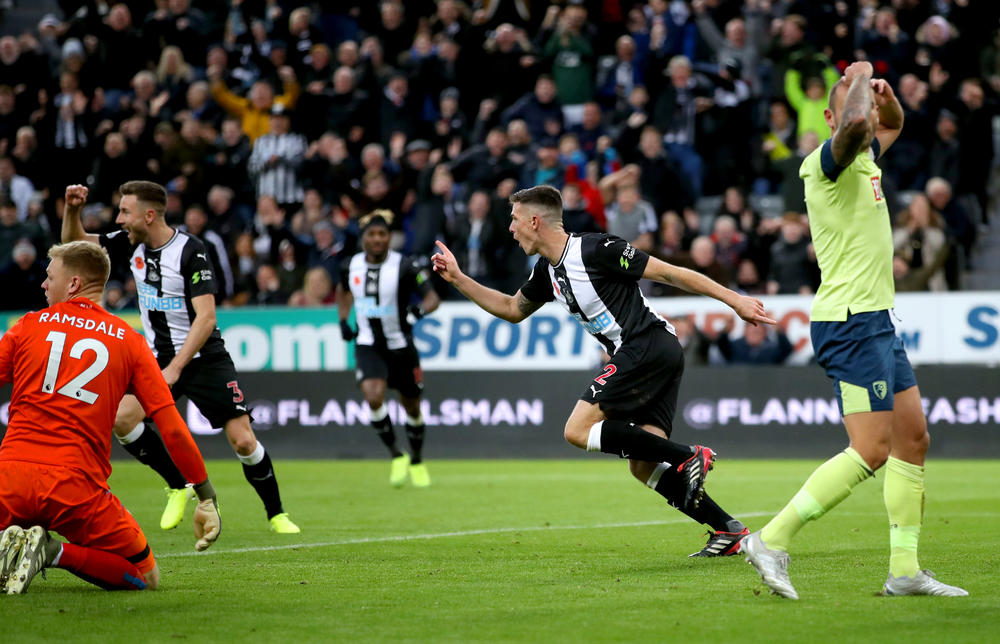- Select a language for the TTS:
- UK English Female
- UK English Male
- US English Female
- US English Male
- Australian Female
- Australian Male
- Language selected: (auto detect) - EN
Play all audios:
To study the molecular mechanism of the differentiation induced by retinoic acid (RA) in acute promyelocytic leukemia (APL), we established a new RA-resistant NB4 subline, NB4/RA. The NB4/RA
cells were neither differentiated by a single or a combination of RA isoforms, nor by the addition of clotrimazole (P450-inhibitor) or interferon γ. However, the combination of RA and
8-(4-chlorophenylthio) adenosine cyclic 3′,5′-monophosphate (a cAMP analog, 8-CPT-cAMP) induced differentiation. Immunostaining of NB4/RA cells using anti-PML antibody showed a microgranular
pattern which was not restored even by the combination of RA and 8-CPT-cAMP, whereas the microgranular pattern in NB4 cells was rapidly restored to the normal speckled pattern by RA.
Western blot analysis revealed that RA alone or the combination with 8-CPT-cAMP did not down-regulate PML-RARα in NB4/RA cells, which was in contrast to NB4 cells. The PML-RARα fusion gene
and transcript in NB4/RA cells were conserved as well as the RARα gene and transcripts. Sequence analysis of the PML-RARα transcript in NB4/RA cells indicated a Pro (CCG) to Leu (CTG)
mutation at codon 900 (type L) in AF-2 domain, while the RARα transcript had a normal sequence. These data suggest that differentiation of APL by RA is triggered directly through PML-RARα,
and is associated with its degradation. Furthermore, there might be another mechanism of differentiation which does not require the down-regulation of PML-RAR α and the restoration of the
PML-staining pattern.
Anyone you share the following link with will be able to read this content:







